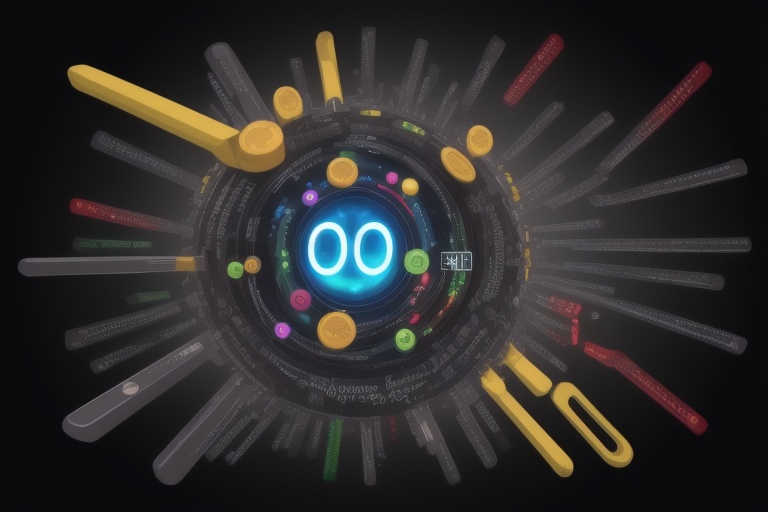Artificial intelligence (AI) has rapidly evolved from a futuristic concept to a transformative force in our everyday lives. This technology is not just reshaping industries but also revolutionizing how we interact with the global economy—and at the core of this transformation lie the intricate and essential considerations of intellectual property (IP).
Artificial intelligence (AI) has rapidly evolved from a futuristic concept to a transformative force in our everyday lives. This technology is not just reshaping industries but also revolutionizing how we interact with the global economy—and at the core of this transformation lie the intricate and essential considerations of intellectual property (IP).
AI: A Transformative Force in Society and the Economy
The advent of AI brings a wealth of opportunities, but also presents unique challenges. We find ourselves at the cusp of a new era, where the synergies between AI and IP systems can redefine innovation and ownership. AI systems are not simple tools; they are autonomous entities capable of learning, adapting, and potentially creating. As such, they force us to reevaluate the conventional boundaries of intellectual property. This dilemma is particularly pronounced with the existence of machine-created inventions and creative works, which stand at the forefront of the debate on IP rights in the AI age.
The questions that surface are numerous and complex: Should an AI's output be treated the same as that conceived by human intellect? Can AI itself be acknowledged as an inventor or creator under current laws? These questions do not have simple answers and signify the need for nuanced debate, careful analysis, and possibly new legislation.
The Intricacy of Training Data and AI Rights
Another layer of complexity is found in the rights associated with training data—the fundamental building blocks for AI development. Whose rights are protected when data is fed into AI systems? This is an important discussion, as proprietary datasets can be both an asset and liability. The authors and creators of the data need recognition and protection, yet if overly restrictive, IP rights can stifle innovation by locking down datasets that could contribute to the growth of AI technologies.
Plunging into the Intersection of AI and IP: A Two-Part Series
This is the first article in a two-part series that will take a deep dive into the multifaceted relationship between AI and IP. We aim to unfold the layers and explore potential paths forward, arming our readers with a comprehensive understanding of this critical juncture in technology and law.
WIPO: Steering the Global Dialogue on AI Policy
The World Intellectual Property Organization (WIPO) plays a pivotal role in charting the course for AI policy. As a global leader entrusted with IP matters, WIPO stands at the helm, facilitating conversations and paving the path for international consensus. It is important to recognize that the task at hand is not one that can be solved in isolation—global cooperation, diverse perspectives, and a willingness to embrace new paradigms are all essential to the evolution of IP law in the age of AI.
WIPO itself has embraced AI technologies within its operations to streamline IP management services and tools. This proactive approach demonstrates a commitment to innovation and a recognition of AI's power to transform. For those keen to delve into these technologies, WIPO's website offers a wealth of information about AI tools that enhance the international IP system's efficiency and effectiveness.
It is key to note, however, that WIPO lays the groundwork for policy discussion and does not provide legal counsel. Engagement with a professional in the field of intellectual property is recommended for those seeking specific guidance.
Staying Informed and Engaged
The ongoing evolution of AI and its intersection with IP suggests that stakeholders—ranging from creators and innovators to policymakers and business leaders—must maintain close attention to the shifting landscape. WIPO, as a touchstone for global intellectual property standards and cooperation, offers various resources and channels through which individuals and organizations can stay abreast of developments.
WIPO's collaborative approach ensures that no one perspective dominates and that the collective interests of all member states guide policy creation. This inclusivity and shared vision are crucial to establishing an international IP system that balances innovation with the protection of human creativity.
As we venture into the next installment of our series on AI and IP policy basics, we will explore deeper into the challenges and possible solutions that lurk within this intricate relationship. The conversation on AI and IP is ongoing, and with collective effort, we can aspire to a future where AI serves as a catalyst for human creativity while respecting the foundations of intellectual property law.
Information for this article was gathered from the following source.

